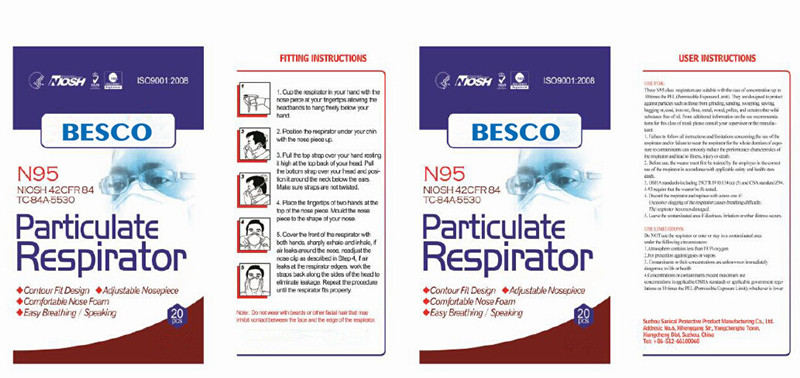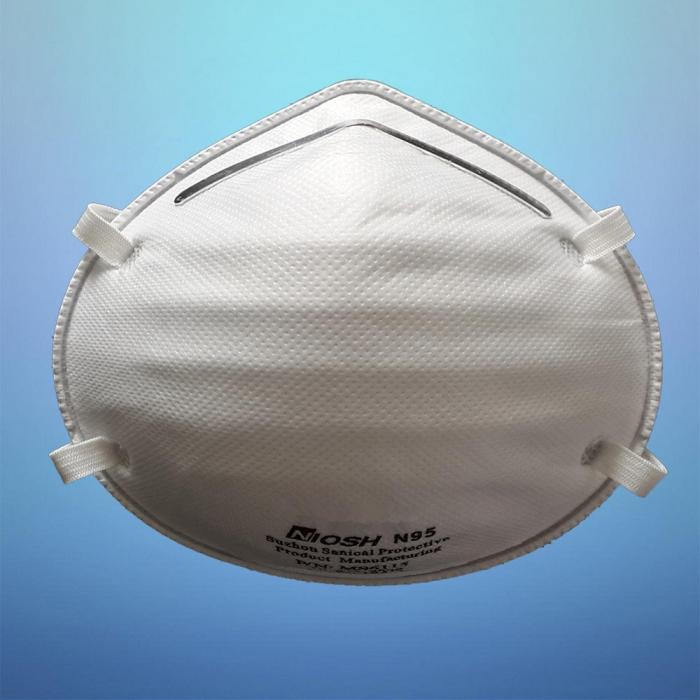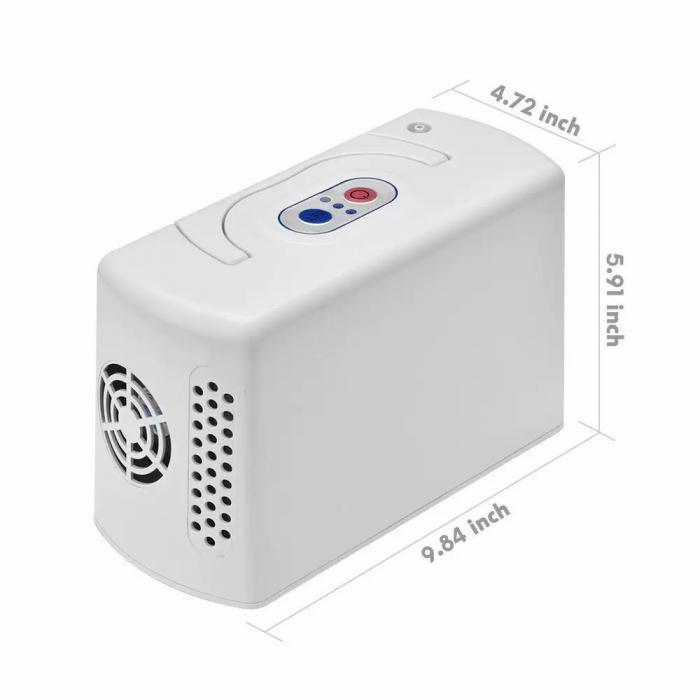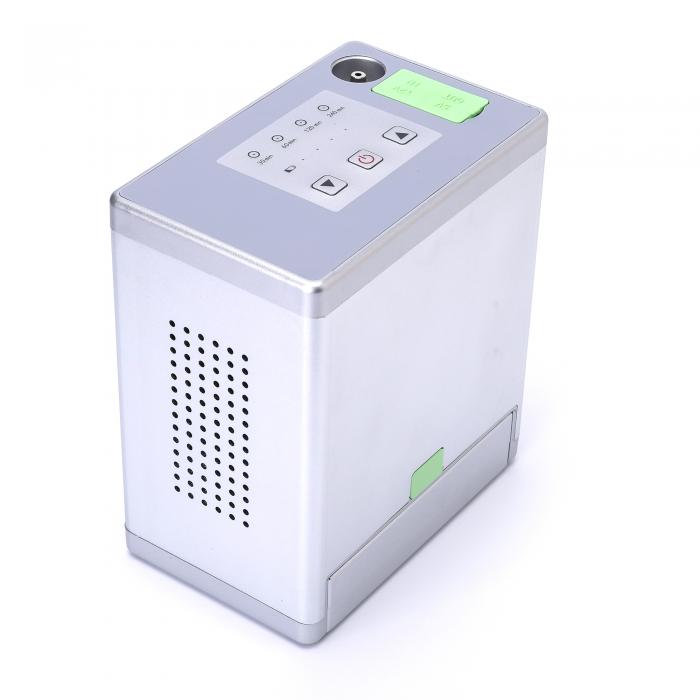| Name: | N95 Respirators |
|---|---|
| Model No.: | N95 Respirators |
| Model No.: | BES-M01 |
| Brand: | BESCO |
| MOQ: | 1000000PCS |
| Keywords: | N95 Respirators, Surgical Masks, Face Masks,China N95 Masks |
| Sample: | Available |
| Lead time: | 7 days |
| Payment Term: | T/T in advance |
| Country of Original: | China |
| Port: | Qingdao |
| Stock: | Available |
| Factory Address: | Changyuan,China |
| Office: | Zhengzhou,China |
Products Description
Material:
3-plys,PP spunbond outer layer,PP meltblownhigh filtration layer,PP needle-punchednonwoven inner layer
Colour:White
Features:
Conforms to NIOSH 42 CFR standard.TC#84A-5530
95% filtration effective against particulate aerosolsfree of oils
Aluminum nose-clip
Latex-Free elastic ultrasonic welded to cup
Specification:
Dimensions:130*120*50 mm+5mm
Inner layer:PP needle-punched nonwoven
Filter media:PP meltblown high filtration layer
Outer layer:PP spunbond
Adjustable nose clip:Aluminum- 90*5 mm
Soft foam nosepiece:Black PU foam- 90*5 mm
Elastic head band:Latex-free elastic-width 7 mm
Marking:As per NIOSH
Weight/pc:Approx. 10.0g
Package:
20 masks/polybag/box * 20 boxes=400 masks/case
Inner Box:135*125*200mm
Outer Carton:650*290*420mm

An N95 respirator is a disposable, tight-fitting mask that filters at least 95% of airborne particles, including viruses, bacteria, and dust, and must be NIOSH-certified for use in the U.S.. Unlike surgical masks, N95s are designed to create a seal against the wearer's face, significantly reducing the amount of air that can leak in around the edges. This type of respirator provides protection against small airborne particles but does not protect against gases, chemicals, or low-oxygen environments.
Key characteristics:
NIOSH-Approved:
.In the U.S., an N95 respirator must be approved by the National Institute for Occupational Safety and Health (NIOSH) to ensure it meets their standards for filtration and safety.
Filtration Efficiency:
.The "95" in N95 indicates the respirator filters out at least 95% of airborne particles that are 0.3 microns in size.
Tight Facial Seal:
.The respirator's edges are designed to form a seal with the wearer's face, which is crucial for achieving its intended protective effectiveness.
Disposable:
.N95 respirators are generally single-use and not designed to be cleaned or reused.
What it protects against:
Airborne particles: Such as dust, mold, and microbial agents like the bacteria that causes tuberculosis or the virus that causes flu.
Small particulates: Including the virus that causes COVID-19.
What it does NOT protect against:
Chemical vapors or gases: Such as carbon monoxide or gasoline.
Oxygen-deficient atmospheres: It does not provide oxygen.
An N95 respirator's features include a very close facial fit for a tight seal, efficient filtration of airborne particles, and being designed to form a seal around the nose and mouth to prevent leaks. This type of respiratory protective device is commonly used in healthcare and must be worn properly to be effective.
Key Features
Close Facial Fit:
N95 respirators are designed to achieve a very close facial fit, forming a tight seal around the nose and mouth to ensure effectiveness.
High-Efficiency Filtration:
They provide very efficient filtration of airborne particles, preventing them from being inhaled.
Seal Formation:
The edges of the respirator are specifically designed to create a seal against the wearer's face, blocking particles from leaking in.
Respiratory Protection:
N95 respirators are classified as a type of personal protective equipment (PPE) used for respiratory protection.
How to Use It Effectively
** Proper Fit is Crucial:** To function correctly, the N95 respirator must form a proper seal with the face.
Wear Correctly: Wearing the N95 respirator properly is essential for its effectiveness, especially for individuals at higher risk of severe illness, according to the Centers for Disease Control and Prevention (CDC).



